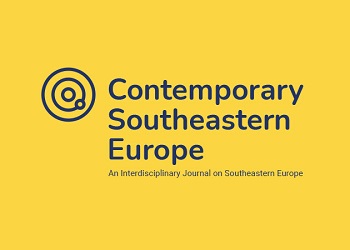Architects as Memory Actors: Ruins, Reconstructions, and Memorials in Belgrade
Architects as Memory Actors: Ruins, Reconstructions, and Memorials in Belgrade
Author(s): Gruia BădescuSubject(s): Architecture, Politics of History/Memory
Published by: Universität Graz
Keywords: architects;memory; memorials; ruins; reconstruction; Belgrade;
Summary/Abstract: This article examines the reshaping of Belgrade’s memorial landscape after the Second World War and after the 1999 NATO bombings, with a focus on the role of architects. As such, the paper shifts the scale of memory debates in two ways: first, from the national to the urban; second, from ‘classical’ memory entrepreneurs of the political realm to city makers, usually perceived as ‘technical’ actors, but, as the paper argues, in fact relevant memory actors both through the way they influence sites of memory and through memory debates. The article places the engagement of architects with narratives of heroism and victimhood in Serbia in a historical perspective, examining the shift in memorialisation after the Second World War. It then discusses the hesitant approaches on engaging with ruins of the 1999 NATO bombing, highlighting frictions between various actors in the Generalštab debate. Finally, it analyses the distinctive memorial engagement with the ruins of the Radio Television of Serbia (RTS) building by examining the bottom-up process of the competition for the RTS memorial. The article highlights that, even if not intentionally or by embracing memory-work, architecture and architects play a role in memory processes, while deeply enmeshed in constellations of political and economic power.
Journal: Contemporary Southeastern Europe
- Issue Year: 8/2021
- Issue No: 2
- Page Range: 51-82
- Page Count: 32
- Language: English

